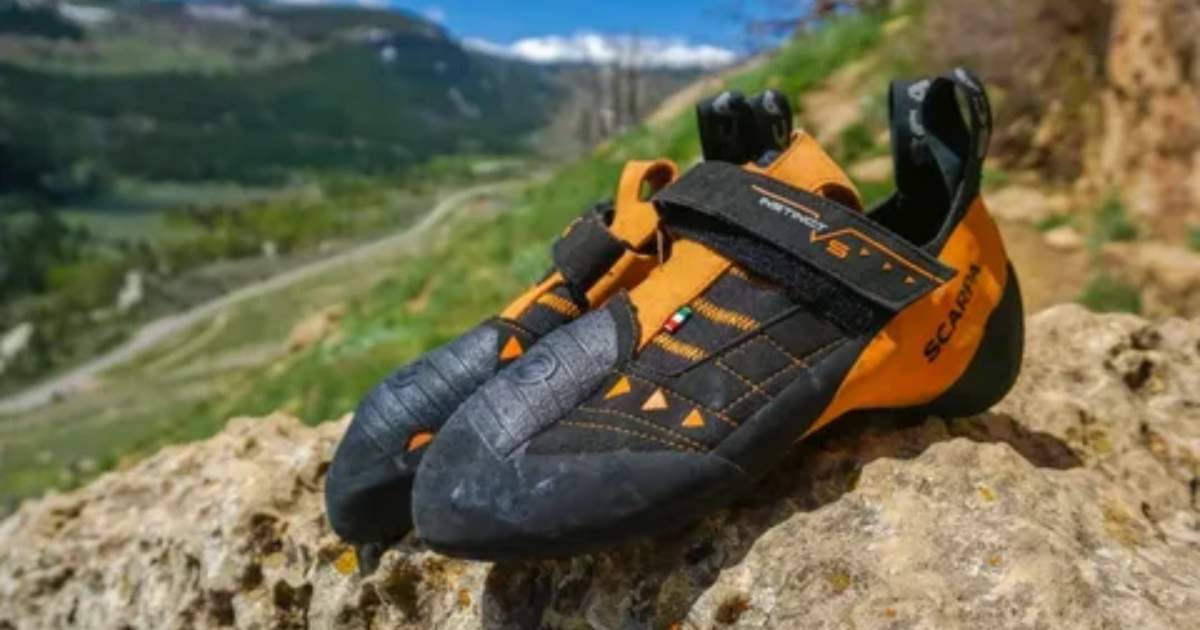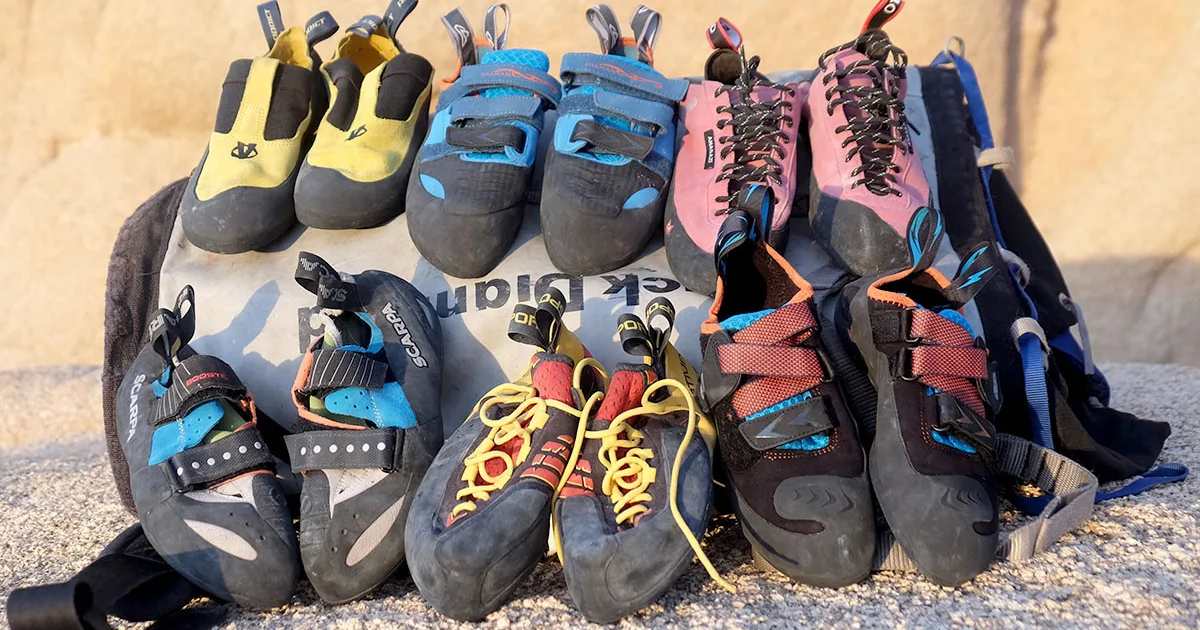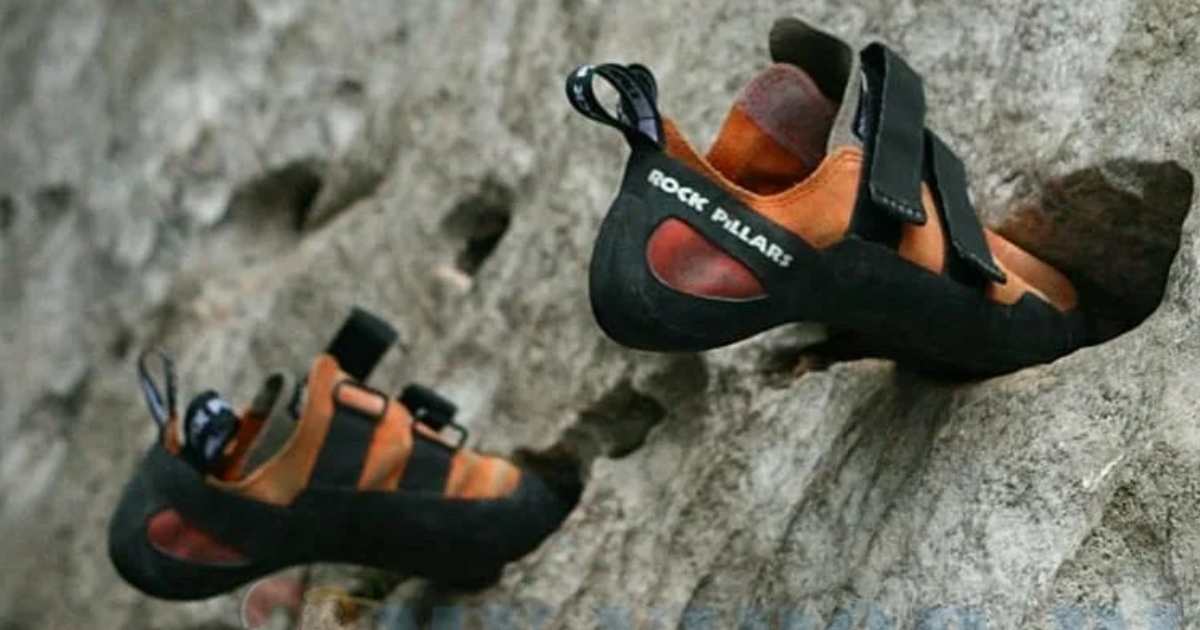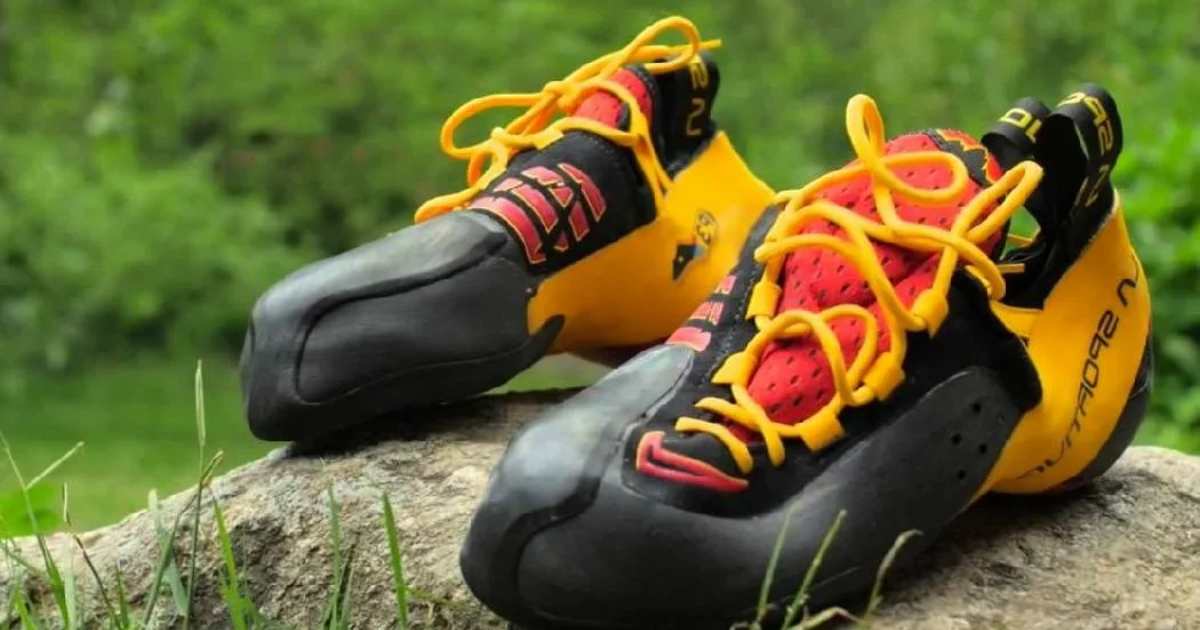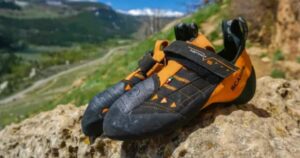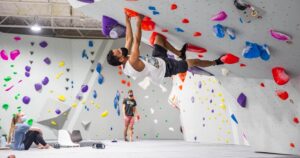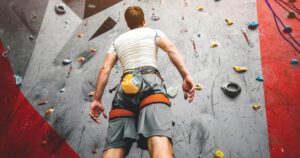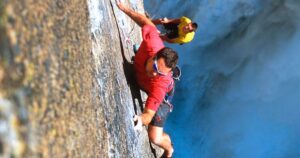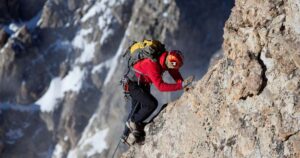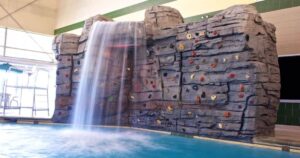Climbing shoes are one of the most important pieces of gear for rock climbers. The right pair provides precision, control, and enables climbers to ascend challenging routes and problems. This guide will provide tips on finding the best climbing shoes for your needs.
“Best Climbing Shoes” let climbers do harder climbs. Tight shoes stick to rock better. They give control on small holds. Consider fit and rubber when buying shoes. Test for good fit. Sticky rubber grips tiny holds. The right shoes boost confidence. Best shoes enable your best climbing.
Factors to Consider When Choosing Climbing Shoes
There are several key factors to take into account when selecting your ideal climbing shoes:
Fit and Comfort
Fit is crucial for performance and injury prevention. Climbing shoes should fit very snugly without cutting off circulation. Your toes should curl slightly at the end but not be jammed together. The shoes should not cause numbness or pain. Break them in slowly to stretch and form to your feet. Fit will also depend on the shape of your foot – some brands cater better to narrow, wide, or flat feet.
Down-Turned Shape
Aggressive downturned shoes excel for overhangs and steep terrain by allowing climbers to stand on small holds with only their big toe. They put your feet in a strong pulling position. Less aggressive (moderately downturned or flat) shoes are better for slabs, cracks, and all-day comfort.
Rubber Type and Thickness
Softer, stickier rubber like Stealth C4 provides the best grip and smearing ability for tiny footholds. Harder rubbers have better durability and edging power. Thickness ranges from 4-5mm for sensitivity to 7-8mm for durability. The toe rand and heel are high-wear areas.
Closure System
Lace-up, Velcro straps, or slipper styles each offer different fit adjustability and security. Laces provide the most customizable fit. Straps are convenient. Slippers stretch for sensitivity. Make sure the heel cup keeps your foot in place during heel hooks.
Edging Ability
A stiff, supportive sole enables climbers to stand on small edges and point their toes. Beginners benefit from a flatter sole while advanced climbers can utilize a highly downturned, asymmetrical shape for edging power. The rubber compound also impacts edging capability.
Types of Rock Climbing Shoes
When choosing rock climbing shoes, understanding the different types is crucial. Here’s a quick breakdown:
- Trad Climbing Shoes: Flat-soled and comfortable, these all-rounders excel on cracks and technical terrain. Their lack of downturn (curvature towards the toes) allows for jamming and edging.
- Sport Climbing Shoes: Aggressive and downturned, these shoes prioritize performance on steep routes and small footholds. The aggressive angle forces your foot into a powerful position for edging and pulling.
- Gym Climbing Shoes: Designed for comfort and versatility in climbing gyms, these shoes balance performance with ease of use. They often have moderate downturn and softer rubber for better grip on varied climbing features.
- Bouldering Shoes: Highly downturned and incredibly snug, these shoes are built for maximum power and sensitivity on short, challenging climbs. They prioritize responsiveness on small holds and require experienced users due to their demanding fit.
This is just a basic overview. Consider your climbing style, skill level, and preferred terrain when choosing the right shoe type for you.
Key Features That Enable Peak Performance
Here are some key features that can help climbing shoes enable you to perform at your best:
- Sensitive sole: Thinner soles (4-5mm) allow climbers to feel tiny footholds. They excel for overhangs.
- Aggressive downturn: A highly curved downturn like the La Sportiva Solution puts feet in an ideal pulling position for steep terrain.
- Asymmetric shape: An asymmetrical toe causes the big toe to point inward for better edging ability.
- Sticky rubber: Softer compounds like Stealth C4 provide unbeatable grip and smearing power on small holds.
- Secure heel: A tight heel cup keeps the foot in place and aligned during heel hooks.
- Precision fit: A very snug fit maximizes ability to smear the toes against the rock and stand on small edges.
Important Characteristics of High Quality Climbing Shoes
When scaling cliffs and pushing your limits, having high-quality climbing shoes can make all the difference. Here are some key characteristics to prioritize:
Performance:
- Rubber Quality: Top-notch brands invest in high-friction rubber compounds that offer exceptional grip on various rock types. Look for “sticky” rubber for smearing and edging, and consider the durability required for your climbing style.
- Downward Camber (Downturn): This refers to the curvature of the shoe towards the toes. More aggressive downturn offers power and precision on steep terrain, while moderate downturn provides a balance between performance and comfort. Choose based on your skill level and preferred climbing style.
- Rigidity/Stiffness: Stiffer shoes excel at edging and precision footwork, while softer shoes offer better sensitivity and flexibility for smearing and slab climbing. Find a balance based on your needs and terrain preference.
Fit and Comfort:
- Foot Shape Compatibility: Different shoe brands cater to various foot shapes and volumes. Try before you buy and ensure a snug, supportive fit without compromising comfort.
- Closure System: Choose between lace-up for adjustability and Velcro for convenience. Consider your preferences and ease of use.
- Break-in Period: High-quality shoes often require a break-in period for optimal fit and performance. Be patient and aware of potential discomfort during this adjustment phase.
Durability:
- Stitching and Construction: Quality materials and reinforced stitching contribute to extended shoe life. Look for sturdy construction, especially in high-wear areas like the toe box and rand.
- Resolvability: Many high-end shoes can be resoled by professionals, extending their lifespan and reducing waste. Check if this option is available before purchasing.
Average Costs of Climbing Shoes
Brand: Popular brands like La Sportiva, Scarpa, Five Ten, and Black Diamond tend to have higher costs compared to lesser-known brands.
Quality: Higher quality materials, construction, and performance features lead to higher price tags.
Price of climbing shoes:
- Trad climbing shoes: Typically range from $80 to $150.
- Sport climbing shoes: Can range from $100 to $200 for high-performance models.
- Gym climbing shoes: Usually fall between $80 and $120, offering a balance between performance and comfort.
- Bouldering shoes: Often the most expensive, due to their aggressive design and high-quality materials, ranging from $120 to $200+.
Sizing Guidelines
Sizing climbing shoes can be tricky! Unlike your regular street shoes, they’re designed for a snug, performance-oriented fit that can feel quite different at first. Here’s a quick guide to navigate the sizing maze:
General Rule of Thumb: Most climbers size down 0.5 to 2 sizes compared to their street shoe size. However, this is just a starting point, as several factors influence the ideal fit:
Climbing Discipline:
- Trad and Gym climbing: Allow for slightly more comfort and toe movement, consider sizing down 0.5-1 size.
- Sport climbing and Bouldering: Prioritize performance and control, sizing down 1-2 sizes is common.
Personal Preference:
- Comfort vs. Performance: Opt for a less aggressive size-down for comfort during extended climbs. Choose a snugger fit for maximum performance on challenging routes.
- Foot Shape: Consider width and volume – some brands offer different fits for narrow, wide, or high-volume feet.
Shoe Characteristics:
- Downturn: More aggressive downturn means a tighter fit in the toe box. Be prepared to size down further.
- Lining: Unlined shoes stretch less, so you might need to size down more compared to lined models.
Important Tips:
- Try before you buy: Whenever possible, visit a climbing gym or store and try on different models. Pay attention to fit, comfort, and performance.
- Heel slip is a no-no: The heel should stay snug, but not painful. Avoid excessive heel lift while standing on your toes.
- Toe wiggle room: There should be minimal space for your toes to wiggle, but not enough to cause discomfort or numbness.
- Break-in period: Expect some discomfort initially, especially with aggressive shoes. The shoes will conform to your foot shape over time.
Care for Your Shoes
Take good care of your climbing shoes to extend their lifespan. Avoid stepping in dirt or mud which can prematurely wear down the rubber. Use shoe bags when transporting them. Wash off sweat after sessions. Use an anti-microbial spray to inhibit odors.
When the tread becomes worn, get them resoled to restore sticky rubber and performance. With periodic resoling, quality shoes can last several seasons before needing replacement. Treat your shoes well so they can enable your climbing.
